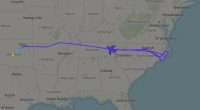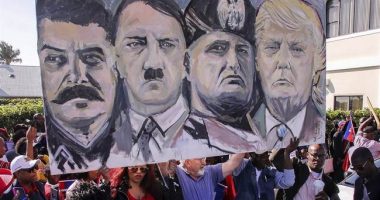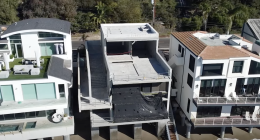Amid growing momentum for a ceasefire with Russia, Ukraine has all but lost a valuable bargaining chip.
The Ukrainian army stunned Russia last August by attacking across the border and taking control of an estimated 1300 square kilometres of land. It was a much-needed morale boost for Ukraine, but more importantly, the country’s leaders believed the capture of Russian territory might help in any future peace negotiations with its enemy.
Now, after months of intense pressure from Russian forces supported by troops from North Korea, Ukraine only holds about 30 per cent of the Russian land it had seized and its forces are in retreat after a rapid near-defeat in the city of Sudzha.
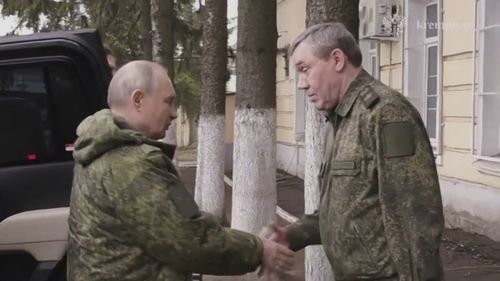
The Ukrainian army on Thursday was trying to quickly build up defensive lines near the border to prevent Russia from turning its assault on Sudzha into a launchpad for advancing into northeastern Ukraine.
Politically speaking, the retreat from large parts of Russia’s Kursk region could be a moment of reckoning for Ukrainian President Volodymyr Zelenskyy and his military advisers.
The invasion of Kursk was intended to redirect Russian forces from inside Ukraine — and the land gained was supposed to help Ukraine get back at least some of the 20 per cent of its country taken by Russia since its full-scale invasion in February 2022.
But many soldiers and commanders have long questioned whether it was worth diluting their forces available to defend Ukraine — and those doubts only grew as the retreat from Kursk accelerated.
Russian President Vladimir Putin said on Thursday that he agrees in principle with a US proposal for a 30-day ceasefire in Ukraine, but that the details still need to be worked out. Putin made the remarks just hours after the arrival of US President Donald Trump’s envoy in Moscow.
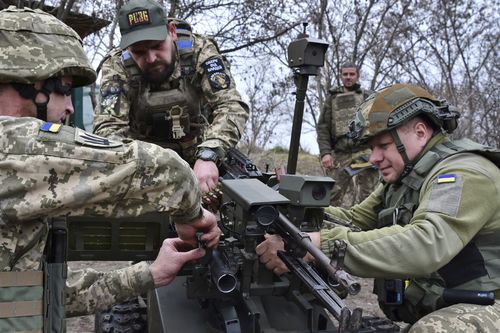
Defeat caps months of struggle in Kursk
Combat is ongoing in the periphery of Sudzha as some Ukrainian soldiers try to fight their way out of Russia’s Kursk region back into the neighbouring Sumy region of Ukraine.
Ukrainian soldiers and commanders fear that Russia’s air superiority will enable them to wipe out the logistics routes vital to sustaining the soldiers who are still in Kursk.
Russia has retaken control of about 70 per cent of the territory Ukraine captured in the first weeks of its August incursion into Kursk, according to the Institute for the Study of War in Washington.
To flee the Kursk region, Ukrainian soldiers must walk dozens of kilometres to get back into Ukraine, while avoiding Russian forces. Some soldiers are angry that commanders did not order them to withdraw weeks ago, when it would have been safer to do so.
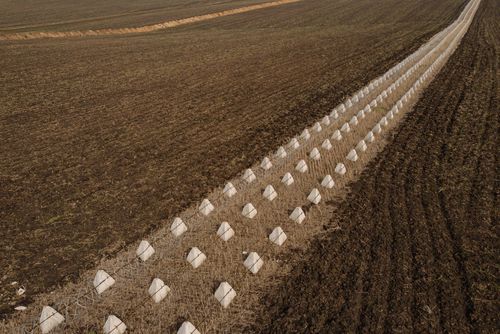
Was the invasion of Kursk worth it?
Some of Ukraine’s military leaders believe the daring push into Russian territory was essential to preventing further Russian advances along the country’s north-east. And, by degrading and redirecting Russian forces, it enabled Ukraine to push back the enemy in the east for the first time since a successful counteroffensive in 2022.
Other military leaders say the Kursk offensive — whose political aim appears to have ultimately failed — cost Ukraine some of its best units and most precious weapons.
After the fall of Sudzha — the largest settlement in Kursk they controlled, with a pre-war population of 5000 — Ukrainian soldiers are pessimistic about their ability to hold what land they have left in the Russian region. And they recognise the political stakes of the defeat.
“I understand that the (Russian) side is delaying (ceasefire negotiations) until they reclaim Kursk, and only then they will talk,” said one Ukrainian commander, who spoke on condition of anonymity. “But we already, to put it mildly, will not have any levers of influence to return any of our territory.”
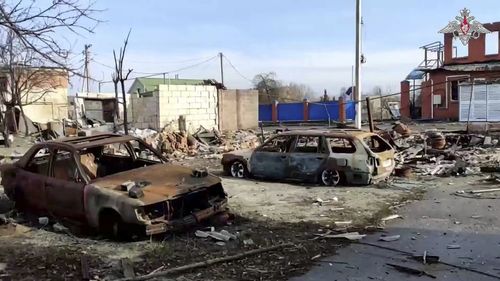
North Korean soldiers changed the battlefield
Soldiers said their ability to hold Kursk began to deteriorate the moment soldiers from North Korea entered the battle late last year. As time went on, Pyongyang’s troops only became more effective, Ukrainian soldiers said.
When one Ukrainian drone operator spotted some 40 North Korean soldiers near a tree line a few weeks ago, he said he was amazed by the physical fitness of North Korean troops. Some were capable of quickly running long distances carrying heavy ammunition, he said.
“I’ve never seen anything like that before,” he said.
Shortages of manpower, weaponry and ammunition also hampered Ukrainian soldiers, who said that they were outnumbered five to one, on average — and 10 to one in some areas.
Last days in the battle for Sudzha
Over the past three months, the Russians gradually wore down the Ukrainians. Under heavy air assault from the Russians, Ukrainian troops often had to carry on their backs, for 20km or 30km, reinforcements of ammunition, food and medical supplies.
It is unclear how the recent US pause in intelligence sharing influenced the battle for Kursk. Russian forces seized an estimated 166 square kilometres in Kursk between March 7 and March 10, a period that the pause was in effect.
Also last week, several hundred Russian special forces launched a surprise attack from behind Ukraine’s defensive lines after crawling 15km through a natural gas pipeline.
